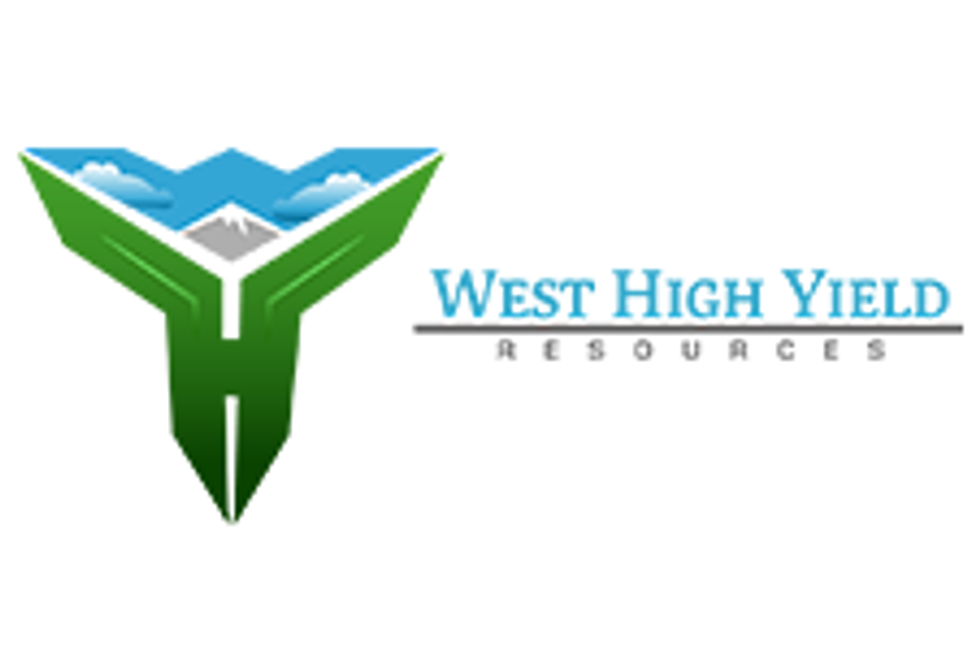China Puts a Damper on Gossan’s Magnesium Hopes
China’s removal of its export tax on magnesium may be good news for some customers — such as car makers looking to improve fuel efficiency — but it has thrown the economic viability of Gossan Resources’ magnesium project into question.
Last week, after years of negotiations, Gossan Resources (TSXV:GSS) failed to obtain worldwide rights to use the Zuliani process to produce magnesium. While the incident highlights just how difficult it is for newcomers to break into a market that is dominated by China, it does not mean all hope for the company is lost.
China produced 85 percent of the world’s magnesium last year, according to the US Geological Survey’s latest magnesium metal report. Because the Pidgeon process, which is used to produce magnesium in China, requires lower capital costs than the processes used in the west, it has become paramount for prospective producers to come up with methods that can compete with that method both economically and in terms of environmental standards. The West also needs to become competitive with China in terms of aluminum production as that metal may eventually replace magnesium in many industrial settings.
The Zuliani process was expected to give Gossan Resources that competitive edge. It is estimated to have up to a 30-percent production cost advantage over China’s Pidgeon process, and also produces lower greenhouse gas emissions. Further, it is competitive against aluminum, according to a presentation given by Douglas Zuliani in Vancouver last year.
Changes in China complicate magnesium outlook
Gossan initially entered a memorandum of understanding with Douglas Zuliani to collaborate on developing the new, high-efficiency magnesium production process in March 2007. Then, in 2008, China introduced a 10-percent export tax on magnesium. Over the next couple of years, the cost of magnesium delivered to the European Union and North American markets from China “essentially doubled,” curtailing both production and demand, Zuliani said at the Vancouver conference.
On January 1 this year, China removed the 10-percent export tax on magnesium, adhering to a World Trade Organization ruling that the tax violated international trade agreements. For consumers of magnesium, the tax removal was a good thing. In fact, Gossan noted in its announcement last week that it “resulted in a softening of magnesium prices.”
But uncertainty about whether China may introduce other taxes has “clouded the outlook for magnesium prices,” according to Gossan. In addition, Gossan’s press release points to a US Geological Survey report that notes that to reduce production costs, there has been a significant shift in magnesium production in China; for example, recycled waste residual gas is replacing coal as a fuel source.
“As coal is a major input cost, the effect on Chinese production costs could be significant and when coupled with the elimination of the 10% export duty would materially erode the expected direct costs savings of magnesium production in Canada using the Zuliani Process in comparison to direct cost of Chinese magnesium ingot landed in western markets,” Gossan said.
Gossan’s press release explains that these factors make the “viability of utilizing the Zuliani Process in emerging markets … harder to assess,” suggesting that perhaps now is simply not the ideal time for the endeavour to move forward.
That idea is further supported by Gossan’s comment that ultimately it was able to neither complete due diligence to its satisfaction nor reach a final agreement with Zuliani that was in the interest of the company. The fact that Zuliani “remains open to consideration of another offer” also indicates that perhaps the two entities will move forward in the future.
Inwood’s future hinges on magnesium prices
Gossan has not said whether the company is considering another offer for the Zuliani process, nor whether it has plans to initiate a plan B to bring its Inwood magnesium project in Manitoba into production.
Initial plans called for Gossan to commence pilot design, construction and commissioning this year with a view to reach full-scale production at Inwood in the years 2016 and 2017.
In its most recent annual report, published in August, the company said Inwood is estimated to contain 28.8 million measured metric tons (MT) of high-purity magnesium dolomite, capable of sustaining a production facility of 100,000 MT of magnesium per year for about 30 years. Gossan said the project “is being advanced based on the expectation that magnesium prices, currently over US$1.40 per pound, will continue to remain strong due to rising energy, materials and labor costs in China.” And so, the future of Inwood appears to be contingent on whether prices firm up again.
Gossan Resouces also owns gold and platinum properties as well as those that include minor metals, such as vanadium, titanium and lithium.
Securities Disclosure: I, Ragnhild Kjetland, hold no investment interest in any company mentioned in this article.

